Inventory Management — Everything You Should Know
Procurement Tactics
JUNE 8, 2023
Negotiation Course for Procurement Learn from industry experts who negotiated billion $ deals 2. Lead Time Management This technique refers to the time it takes from placing an order to receiving it. It includes demand planning, procurement, order fulfillment, warehouse management, and integration with other business processes.


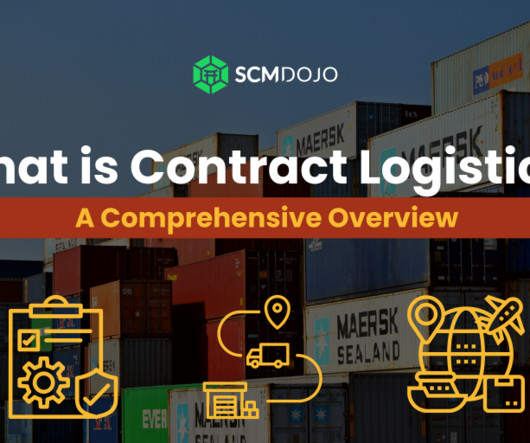
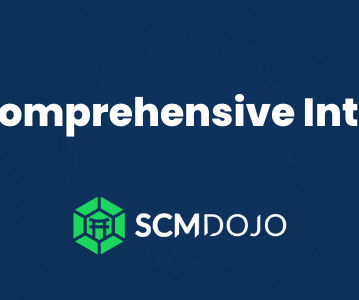

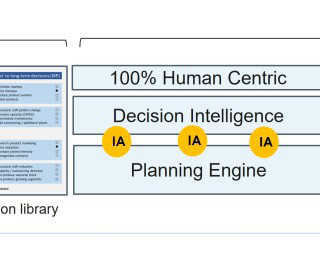


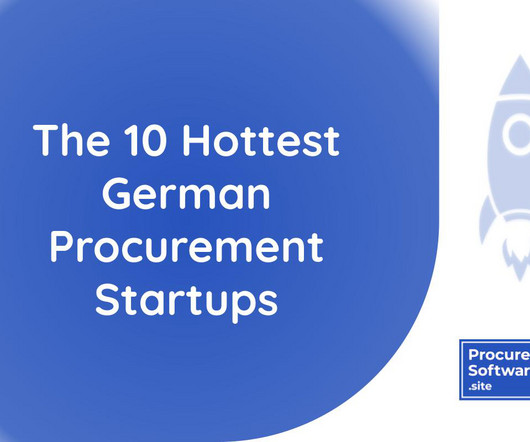
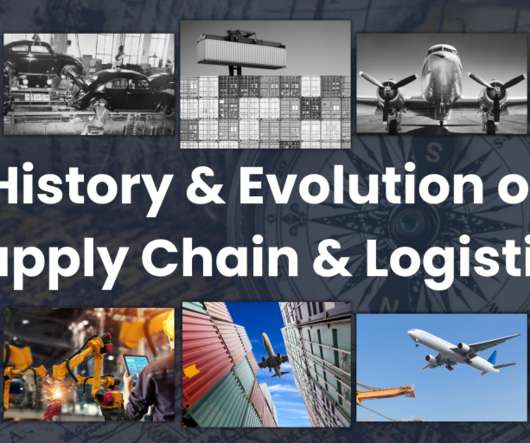






Let's personalize your content